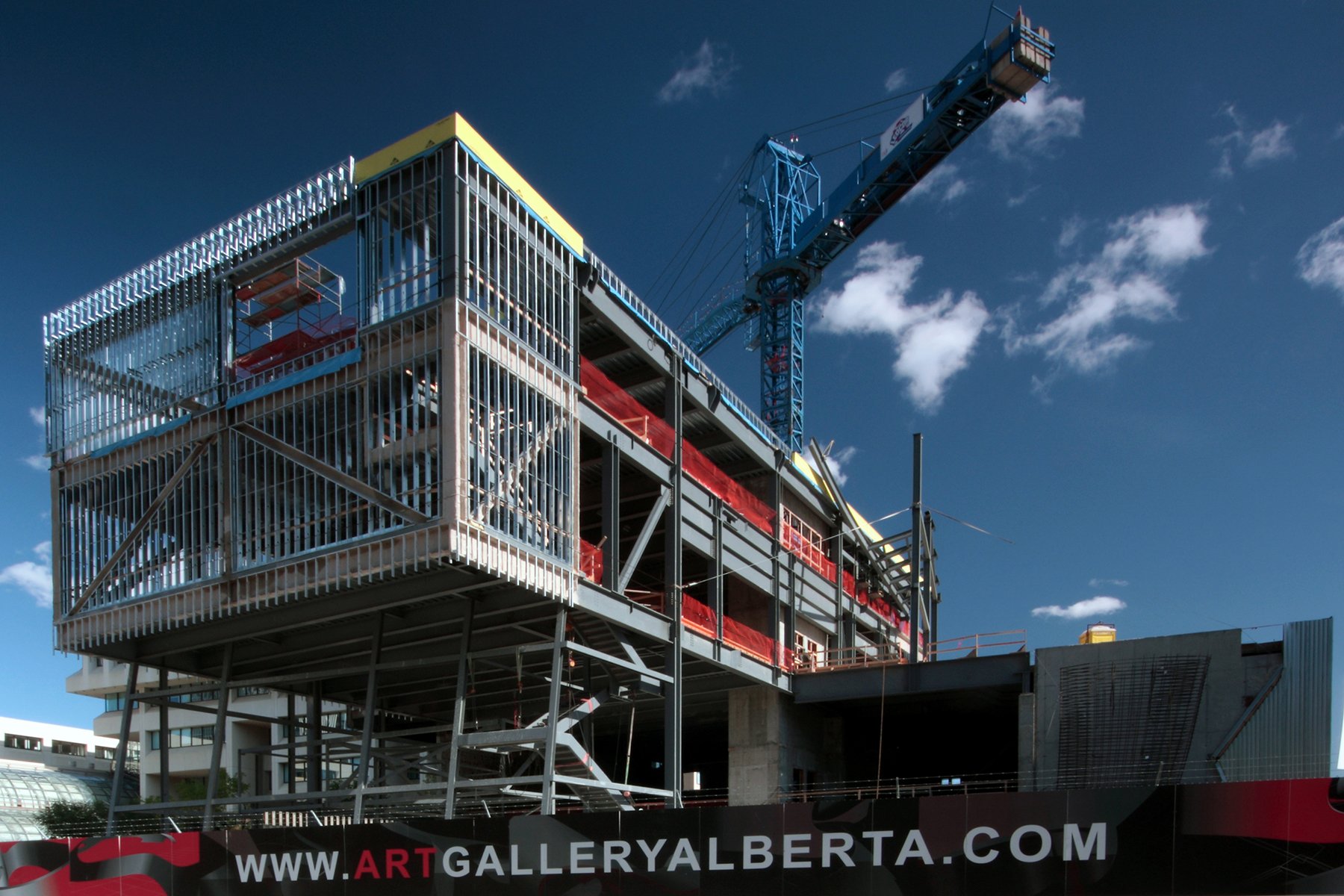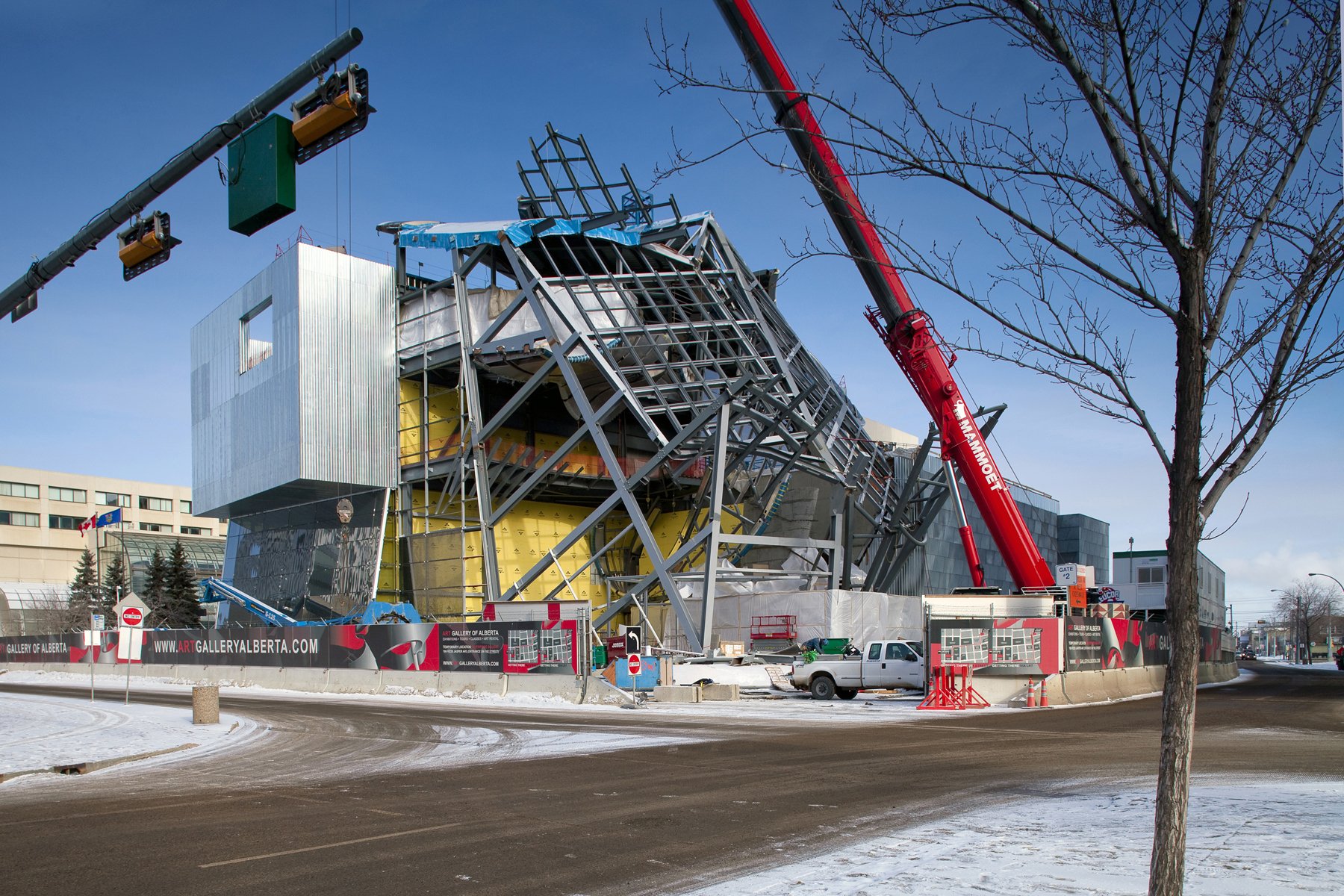NextShift – Construction is not Planes, Trains or Automobiles
Scott Berkun said[1] that true innovators get their biggest ideas from two sources – brainstorming and looking elsewhere. Our approach to implementing and testing ideas at Next is always based on being generally right so we can move ahead rather than prescriptively correct and go nowhere; the former results in observing failure as a gateway to success while the latter inevitably secures an overly cautionary approach and a tendency to be too safe marked by a heavy serving of risk aversion. Over the last year, Next has been exploring and trying to implement the principles of Kaizen (which is the founding ideology for Lean thinking) as a way for us to be better, not just Lean. As an outcome, Next was just not able to get the result we were looking or hoping for, further, it started to make our team believe that this management technique will not work at all. We found we were killing our own fantastic ideas because they just did not fit the Lean-assembly-line-pull-planning loved by so many today. What specifically did we find?
We were trying far too hard to compare making buildings to planes, trains and automobiles. For one, buildings are just not as predictable as planes, trains and automobiles which are mass produced, usually one size fits all and move a lot – the total opposite of what we want our buildings to be. In addition, just about all (while discounting fast food outlets, suburban shopping malls, and the like) buildings are mostly bespoke solutions. We aren’t avoiding trying to be more efficient, we just don’t use Lean to rule our daily lives. This is the point where any similarity to planes, trains and automobiles parts ways with buildings because if you try to superimpose their production processes solely through Lean techniques, you will focus on being efficient, productive and effective (all good things) but it will not lead you to innovate and today our industry is in dire need of massive innovation. While Lean thinking can be a significant improvement over conventional thinking, it is far less at developing people’s capability for good thinking. As Next is good at the former, we decided to look elsewhere too.
Our journey so far at Next has brought us to the one industry that in many ways is like ours in its product – the movie industry. Think for a moment – as an industry it delivers its products in small or large form (30 second or 3 hrs), as one offs, a trilogy or a franchise, and rarely are all movies remade. The makers of movies do not always work together on the same team and are often working with others collaboratively on other productions at the same time and during different stages of the process. The movie industry has the same challenges as ours in that it can be unpredictable and the risk/stakes are high, however most movies get out on time and are within their budgets. Consider also the incredible innovation this industry has enjoyed since the Lumiere brothers released their ground breaking 50 second “Arrival of a Train” considered the first true motion picture just 130 years ago and yet it manages to remain relevant and popular despite changes the deliverables while embracing the digital realm successfully. Sometimes the team on a movie (including the actors) in whole or part have skin in the game and are prepared to put capital at risk – sounds a bit like I(ncentivized)PD[2] to us and most certainly it is using a variety of collaborative project delivery models through emergent technologies most of the time. In the US, for example, movie producers typically are not allowed to go over their budgets and where they exceed their budget , they must eat the cost by receiving less of their producer’s fees. Making buildings by storyboarding can better align with the team structure and, if needed, can include Incentivized Project Delivery (IPD) or simply adapt existing contractual frameworks to be more collaborative by not having anti-collaboration language. This includes project specific aspirational and collaborative requirements via a set of Supplemental Conditions that bind the entire team together to act in the best interests of the project.
So, we are exploring how a project could be storyboarded vs. a pull plan, and block chaining instead of sign offs/approvals as a validation stream which deal with the same stickies, just a different place on a different board and possibly delivering different tasks associated with stages at different times. The storyboard also becomes our virtual design-construct ecosystem to explore where the risks are, how to then assess, mitigate, and eventually get them to the point a client/owner can accept them with confidence. However, we don’t delude ourselves as (like movies) sometimes buildings can be stinkers, budgets are overrun and they just are not as popular as expected. Project over project Next is finding that cost doubt and schedule volatility is diminishing. Some Lean tactics are very necessary, however we focus on ways to continually improve and innovate to mitigate risk. Increasing productivity, collaborating more effectively and re-examining how we can work together with our industry partners to solve challenges that we are facing as we move towards the “20’s and what clearly is going to be a new Golden Era for making buildings.
Until next time,
Allan Partridge
[1] “The Myths of Innovation”, Page 91
[2] The integrated aspect is self-evident in most projects today, what gives IPD it’s hook is the incentivization aspect applied to a form of collaborative project delivery. To not confuse efforts to maximize collaborative opportunities regardless if it is design-bid-build, CM@risk or design-build IPD should stand alone as Incentivized Project Delivery as its core contractual framework is some form of poly party agreement with profit at risk. Using the term integrated simply adds another layer of confusion for most projects which don’t use IPD but do use collaborative techniques fully.



